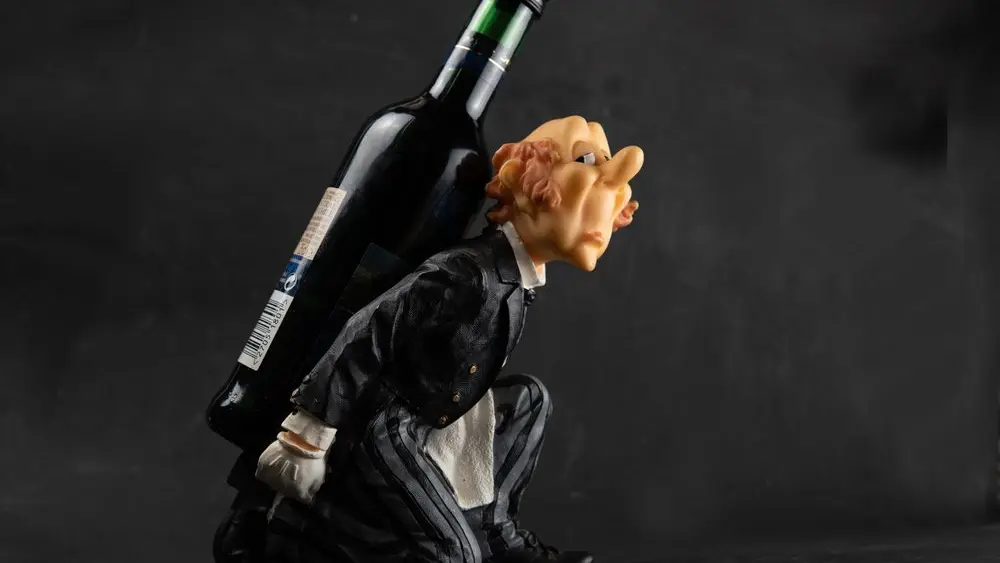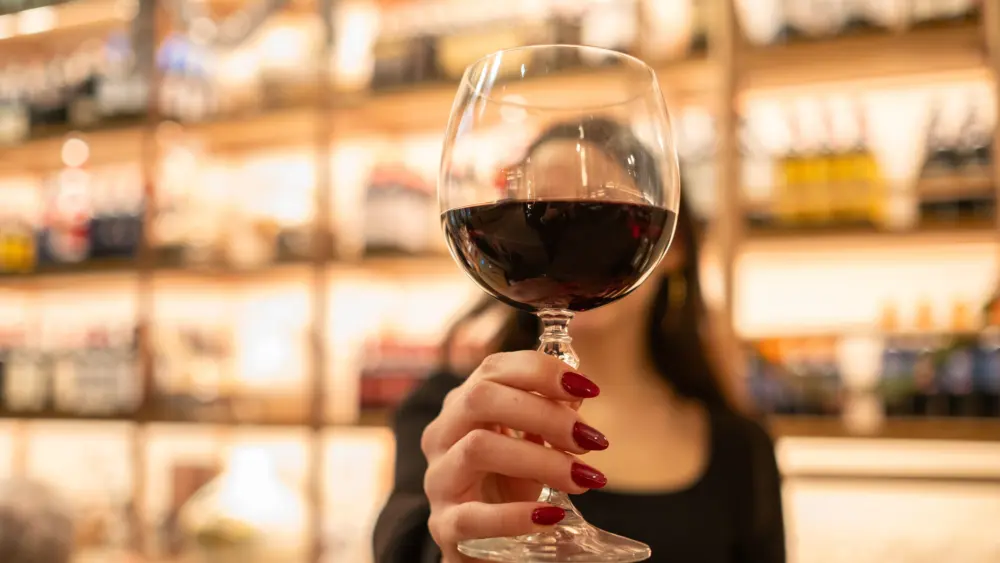By the time you read this, harvest will be over (or nearly so), and we’ll be hearing the usual accolades about how excellent it was, grape quality being the best of the century, and so forth. Right or wrong, the marketing people will make you believe it. I’ve attended a few meetings recently and read a few articles about “precision farming” and the quality improvement that results from it. I’m the first to admit that growing grapes today is a far cry from what it was when I started in the late 1960s. The use of GPS, spatial information and more detailed sampling techniques have made farming far more sophisticated today and it shows in the improved wine quality we’re producing.
The key word in that last sentence is “quality.” Wine quality is a moving target. We seem to think the mere word sets some very definite parameters that need to be met to call a wine high-quality. I’ve said for years that the “high quality” tag more often accompanies either a limited availability or a favorable Robert Parker review. UC Davis came out with the 20-point scale many years ago to help put numbers on a quality definition, but all it really does is reward wines that don’t have any glowing defects. The subjectivity of wine quality has been—and always will be—the problem. When we hear the words “high-end wines,” we know that means expensive, but we also think it should mean high-quality, which isn’t necessarily the case.
The reality of the situation is, every person has a different sense of taste. Why do some people love horseradish and cucumbers and others, like me, hate them? Are there things in wine that affect us the same way? Certainly. How about something as simple as oak? French vs. American, various degrees of toast and who the cooper was, are all elements of likes and dislikes. Some cheap Chardonnays still have the oak chips floating in them, and I’ve heard people say they love it while others absolutely hate it.
We’ve all heard wine people describe wines with many different flavors of fruits and spices. What if you don’t particularly like one or more of those fruits or spices? Does that mean the wine is of poor quality?
And then there’s the idea being tried in a Lodi wine judging, where the judges themselves are tested and classified by their own taste buds. Once tested, they’re put into one of three classes: tolerant (you like dry, high-intensity and assertive wines), sensitive (you’re in the median group with a broad range of preferences), or hypersensitive (you have an aversion to bitterness, favor delicacy over intensity and prefer a degree of sweetness) [See “If the Shoe Fits,” Special Wine Issue 2008]. This is a very interesting approach and may have some real merit in understanding what wine quality might mean. If you’d like to check yourself, go to www.lodiwineawards.com and click on TasteSQ. It’s fun.
So what brought all of this up? Precision farming, which is trying to farm each vine as its own little entity (a minor exaggeration, perhaps, but close). The problem is really trying to figure out what works and what doesn’t. If the end product—wine—can’t really be tested for “quality,” since we really can’t define it, how are we going to know if what we’re doing is right or wrong? I guess my point is, until we can objectively grade wine, how can we determine whether what we’re doing is right or wrong? Oh well, if we couldn’t argue about good wines and bad wines, that would only leave religion, sex and politics to argue about, and what fun would that be?
The basic long-term answer to this precision farming trend is getting the wineries to pay for true definable quality. Yes, some wineries say they do, but it’s far from a universal practice, since most grapes are bought for so much per ton based on the current market rather than the quality of wine they produce. A well known international example comes from South Australia, where Penfold’s Winery in the Barrossa Valley paid $15,000 per ton to the growers of the fruit that made this year’s world famous Grange, which is released after five years of age for somewhere above $200 per bottle—and even though that’s too much for any wine, it’s really fabulous. This is one of those wines that I have and you don’t so it makes it more expensive—right? (Remember, it’s availability more than an indefinable quality that sets price.)
I’m sure we’re all aware of the current crisis in the wine industry, what with inventories backing up—especially of the high-end wines—resulting in some very low grape prices for growers who don’t have a longterm fixed price contract. Some growers are also learning that wineries have very long memories. When grapes were in short supply a few years back, some growers played hardball and demanded very high prices knowing the wineries needed the fruit. I guess what goes around comes around. And you can bet the makers of Two-Buck Chuck and other very inexpensive wines will be filling their tanks and licking their lips. As I write this, harvest is just getting started. It’s quickly becoming known that there are virtually no available tanks left for custom crushing (one option for a grower to make wine with the idea it can be sold in bulk when things get better). Sounds like heaven for home winemakers who hate to pay for fruit anyway. Better have your buckets ready.
Lastly, I think the wine buying public that’s buying two $8 wines instead of one $20 bottle are learning that there are some excellent wines in the less than $10 to $15 category—so good that they might not even go back to their old ways when the economy turns around. OK, now that you’re paying $5 for your wine, maybe I should increase your homework assignment to 1.5 or 2 bottles per day, just to keep our cash flow going.



